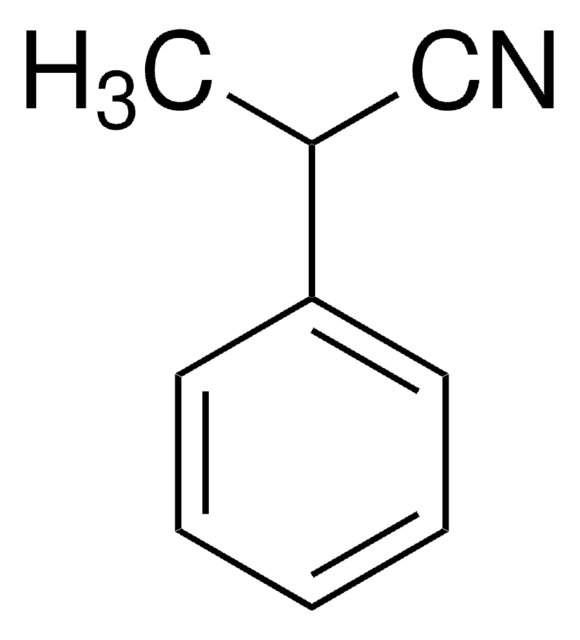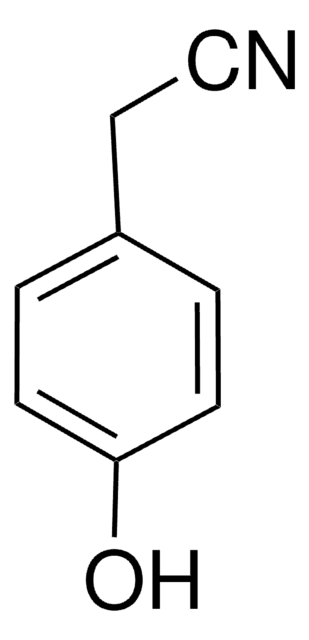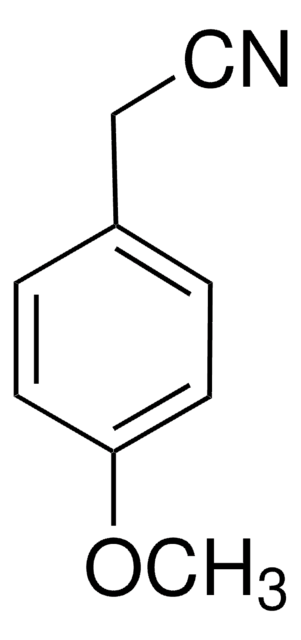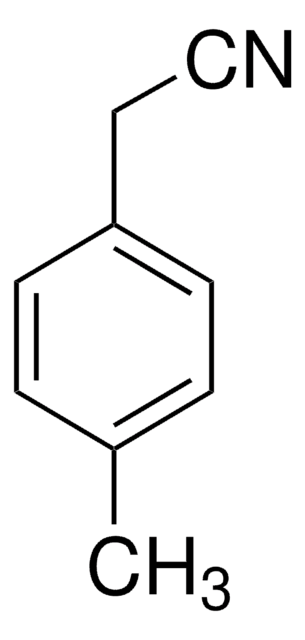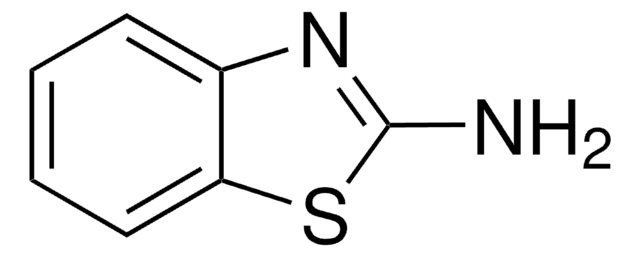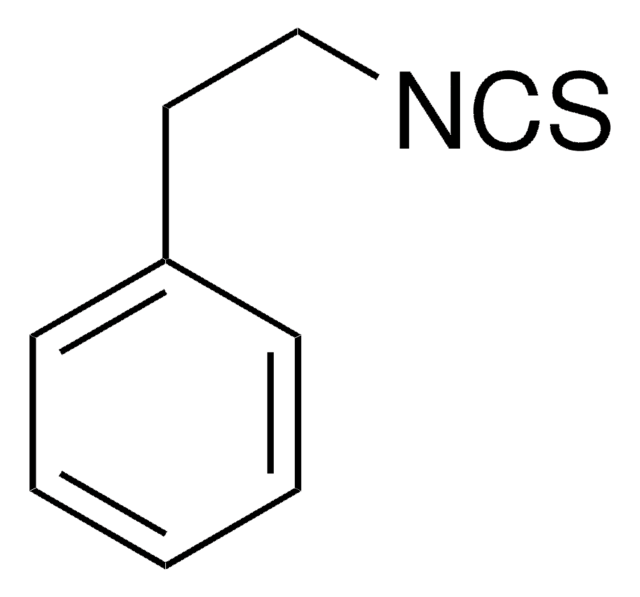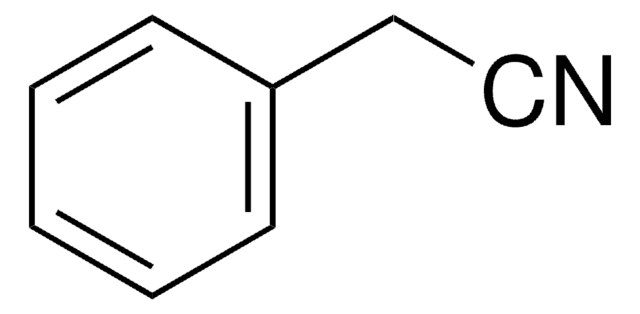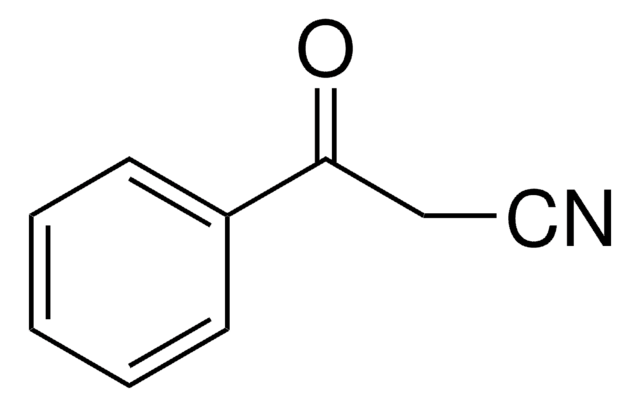おすすめの製品
詳細
The effect of 3-Phenylpropionitrile on the growth and survival of woodlouse Porcellio scaber has been studied.
アプリケーション
3-Phenylpropionitrile was used to study the free enzyme activity of nitrilase AtNIT1.
シグナルワード
Danger
危険有害性情報
危険有害性の分類
Acute Tox. 3 Oral
保管分類コード
6.1C - Combustible acute toxic Cat.3 / toxic compounds or compounds which causing chronic effects
WGK
WGK 3
引火点(°F)
230.0 °F - closed cup
引火点(℃)
110 °C - closed cup
個人用保護具 (PPE)
Eyeshields, Faceshields, Gloves, type ABEK (EN14387) respirator filter
適用法令
試験研究用途を考慮した関連法令を主に挙げております。化学物質以外については、一部の情報のみ提供しています。 製品を安全かつ合法的に使用することは、使用者の義務です。最新情報により修正される場合があります。WEBの反映には時間を要することがあるため、適宜SDSをご参照ください。
毒物及び劇物取締法
劇物
消防法
第4類:引火性液体
第三石油類
危険等級III
非水溶性液体
Jan Code
171573-100G:4548173109022
171573-BULK:
171573-VAR:
171573-10G:4548173109039
この製品を見ている人はこちらもチェック
Selective hydrolysis of the nitrile group of cis-dihydrodiols from aromatic nitriles.
Journal of Molecular Catalysis. B, Enzymatic, 38(2), 78-83 (2006)
Marijana Popović et al.
Biomolecules, 10(2) (2020-02-27)
Horseradish degradation products, mainly isothiocyanates (ITC) and nitriles, along with their precursors glucosinolates, were characterized by GC-MS and UHPLC-MS/MS, respectively. Volatiles from horseradish leaves and roots were isolated using microwave assisted-distillation (MAD), microwave hydrodiffusion and gravity (MHG) and hydrodistillation (HD).
Yu-Chun Chiu et al.
International journal of molecular sciences, 19(4) (2018-04-05)
Methyl jasmonate (MeJA), synthesized in the jasmonic acid (JA) pathway, has been found to upregulate glucosinolate (GS) biosynthesis in plant species of the Brassicaceae family. Exogenous application of MeJA has shown to increase tissue GS concentrations and the formation of
Yu-Chun Chiu et al.
Foods (Basel, Switzerland), 9(6) (2020-06-12)
Exogenous methyl jasmonate (MeJA) treatment was known to increase the levels of neoglucobrassicin and their bioactive hydrolysis products in broccoli (Brassica oleracea var. italica), but the fate of MeJA-induced glucosinolates (GSLs) after various cooking methods was unknown. This study measured
Yu-Chun Chiu et al.
Food chemistry, 299, 125099-125099 (2019-07-13)
Applying methyl jasmonate can mimic the defense response to insect damage in broccoli and enhances the production of glucosinolates, especially inducible indolyl GS-neoglucobrassicin. Previous studies have suggested that glucosinolates and their hydrolysis products are anti-carcinogenic. Therefore, MeJA treatment may increase
ライフサイエンス、有機合成、材料科学、クロマトグラフィー、分析など、あらゆる分野の研究に経験のあるメンバーがおります。.
製品に関するお問い合わせはこちら(テクニカルサービス)